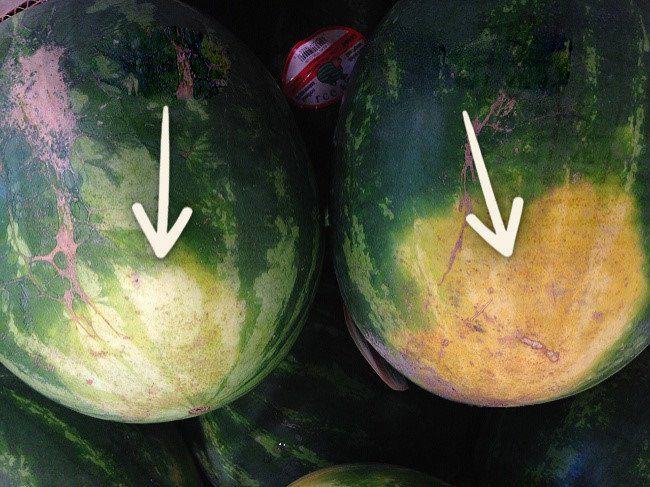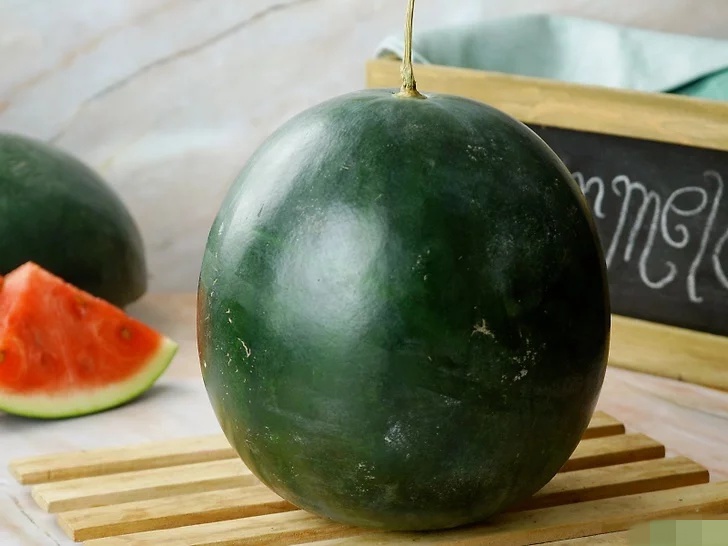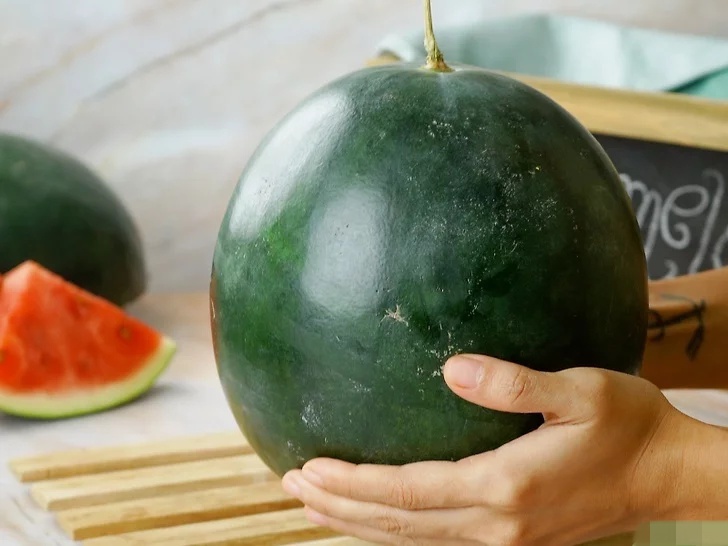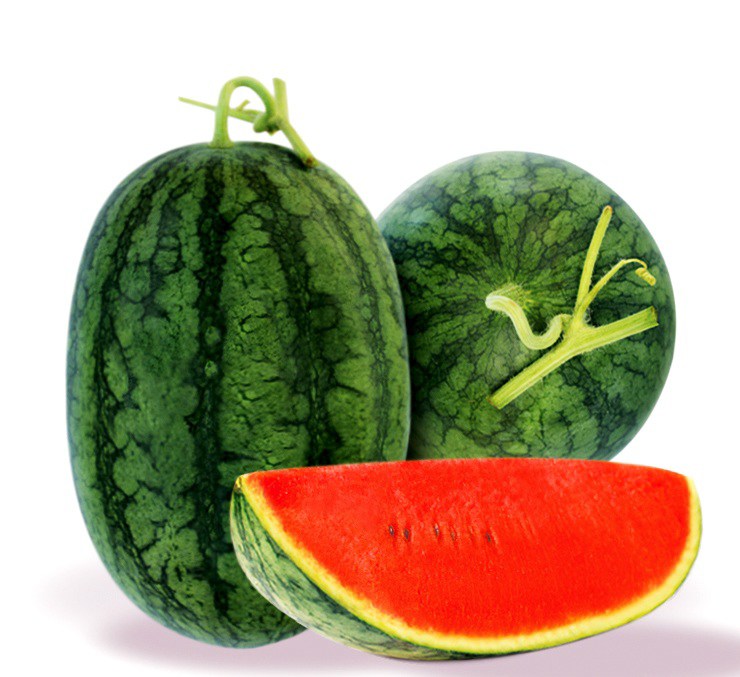1. Inspect the Ground Spot
Watermelons develop a yellow spot where they rest on the ground due to prolonged contact and lack of sunlight during their growth. This spot is a tell-tale sign of ripeness and sweetness. The deeper the yellow, the sweeter the melon. Conversely, if the spot is pale yellow or even white, it indicates an unripe watermelon with an undesirable taste.

2. Look for Symmetry
Choose watermelons that are evenly shaped and firm, without any dents, scratches, or bruises. An uneven surface indicates uneven absorption of sunlight and moisture during the growth period, which can affect the quality of the fruit.

3. Heft the Watermelon
A good rule of thumb is to pick the heavier watermelon when comparing two of similar size. Heavier watermelons indicate a higher water content and ripeness. So, don’t be afraid to give them a lift when selecting the perfect one!

4. Check the Belly Button
The belly button, or the small circle at the bottom of the watermelon, can tell you a lot about its ripeness. Smaller belly buttons indicate thinner rinds, and these watermelons tend to have crispier and juicier flesh. Larger belly buttons mean thicker rinds, which often correspond to less sweet and less flavorful fruits.

5. Observe the Stem
A curved stem, resembling a pig’s tail, indicates a female watermelon, which tends to be sweeter and juicier. On the other hand, a straight stem belongs to a male watermelon, which is often less ripe and less tasty. The color and curvature of the stem also reflect the freshness of the fruit. Opt for watermelons with green, curved stems, as they are likely to be fresher and fully ripe, emitting a pleasant aroma.

6. Examine the Stripes
The stripes on a watermelon’s rind can give you clues about its ripeness. Ripe and sweet watermelons will have evenly spaced and consistent stripes, while unripe ones will have uneven and broken stripes. So, keep an eye on those stripes to make an informed choice!
The Ultimate Guide to Choosing the Sweetest Oranges: 5 Tips from a Fruit Vendor to Pick the Perfect Fruit Every Time
When purchasing oranges, it’s important to be vigilant to avoid ending up with dry, juiceless, and sour fruits. It’s essential to keep an eye out for signs of dryness, as these oranges tend to have less juice and a more pronounced sour taste. A little vigilance goes a long way in ensuring you get your hands on the sweet, juicy oranges we all know and love.
The Dragon Fruit Grower’s Secret: Unveiling the Art of Selecting the Sweetest and Most Luscious Fruits
The dragon fruit, with its vibrant fuchsia hue and intriguing scale-like pattern, is a sight to behold. But beyond its exotic appearance lies a delicate texture that beckons a gentle touch. Upon pressing your thumb gently onto its surface, you’ll discover a subtle yielding sensation, akin to the perfect ripeness of avocado or mango. A well-chosen dragon fruit will offer a slight give, yet retain a firm resilience, reminiscent of a perfectly ripe mango or avocado, promising a burst of sweet flavor with every bite.






































